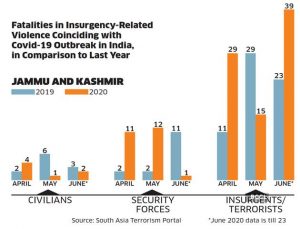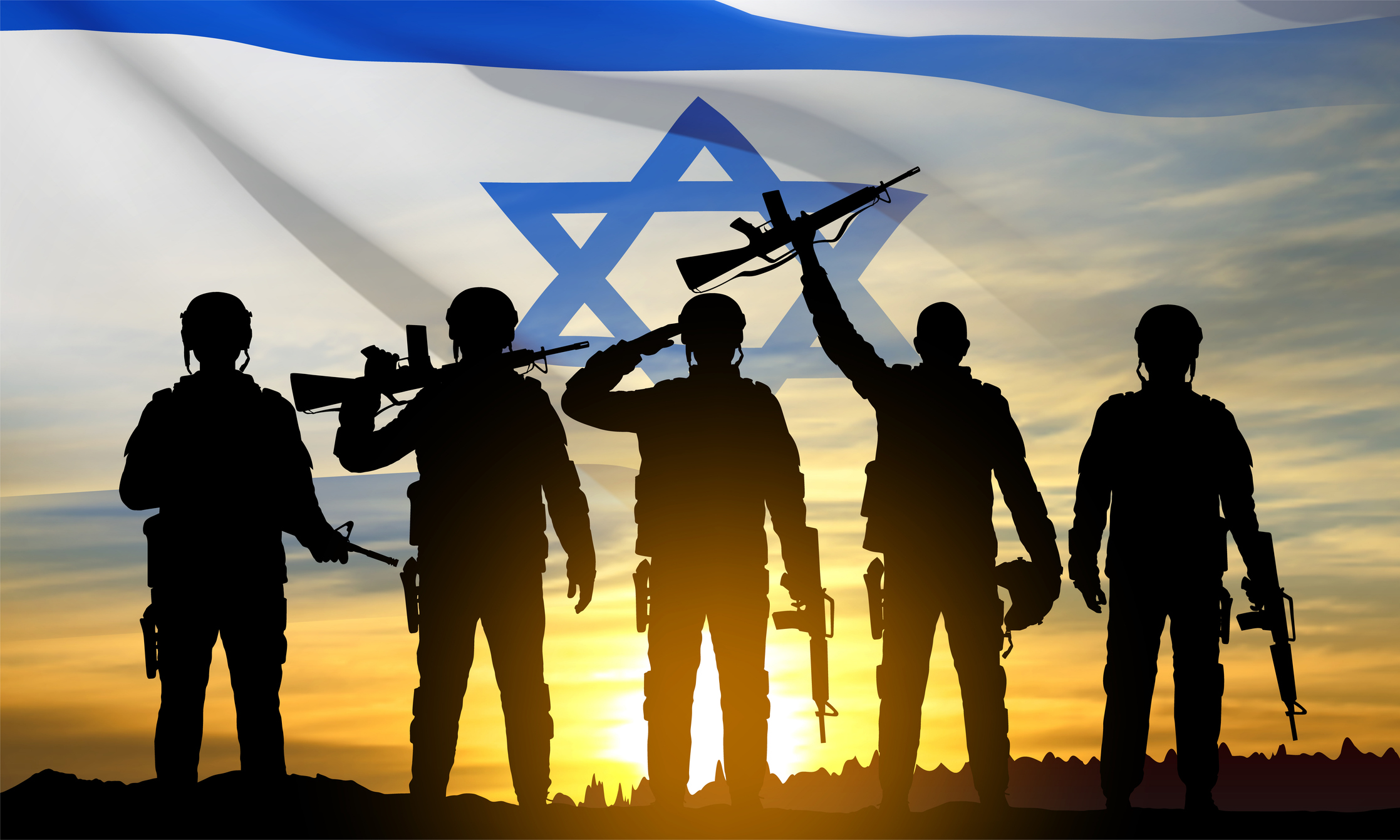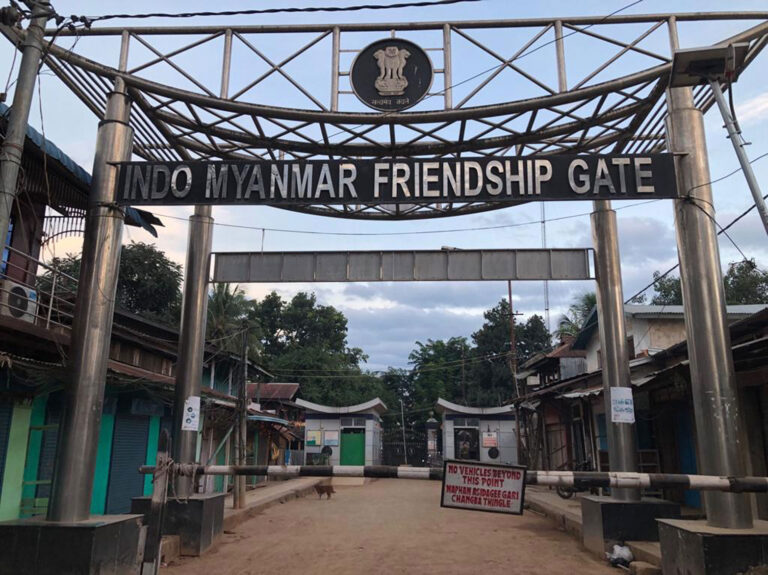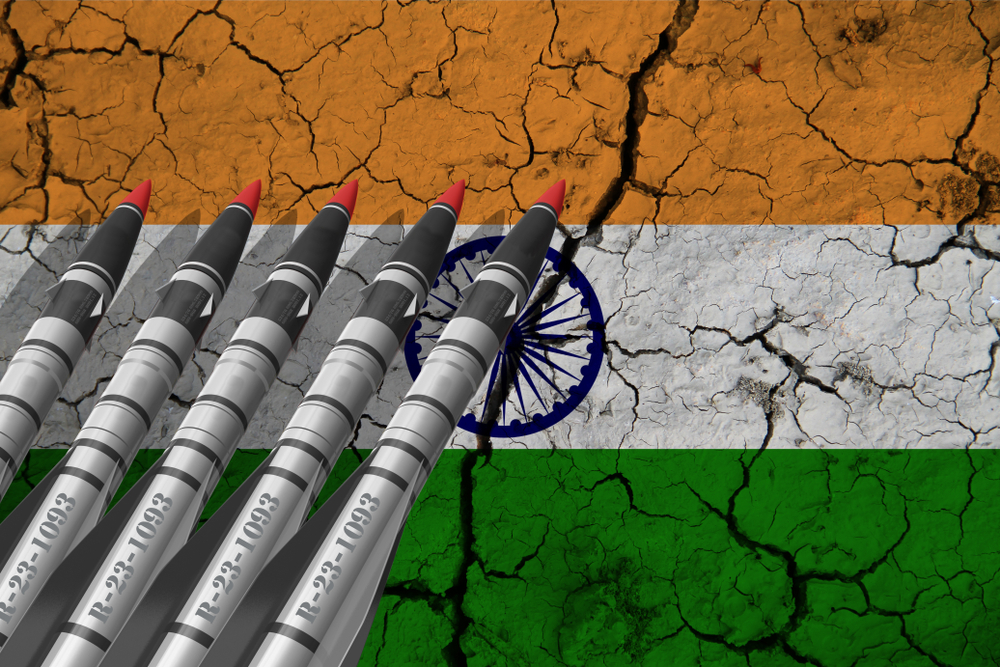
Countering Insurgencies
Fri, 25 Sep 2020 | Reading Time: 6 minutes

If we were to hold a map of the world in our hands and check the areas marked in red which can be termed as disturbed, we would find hardly any region which is peaceful and devoid of unrest. There is some disturbance in almost every region of the world. Depending on the largesse of emotion attached to these disturbances and the ability of the leader to advocate support for their cause, speckled throughout history, we see many groups formed to counter governments with a single-minded agenda to gain their end. If their display of agitation is large enough to cause public unrest, they initiate possibilities of insurgent groups. The greater the support these insurgent groups gather with believers in their cause, it also attracts politically motivated groups to support them for their agenda. This support adds wings to their course of strategy and driving their agenda.
Factors affecting the formulation of Insurgent groups
Insurgencies can be formulated and strategized based on terrain (urban or rural), the psyche of militants, their weapons, support system, expertise available for making bombs, and their all-critical supply chain (information, weapons, food, money, people). Prolonged conflicts and the information age allow terrorists to recruit and operate on a large scale, which demonstrates the evolving nature of the threat.
Understanding Insurgency groups and their agenda
Causing public unrest is closely related to many militant insurgent groups. Countering public unrest calls for not only specialised training and equipment but also deeply understanding their agenda, modus operandi, strength and weakness.
External influence by possibly other countries, and especially, neighbouring ones is a critical aspect of this understanding. Garnering support for insurgent groups financially, weapon procurement, accoutrements and equipment, training of local personnel, replacements of insurgents, handling of firearms and explosives, preparation of a logistic base for rest and recoupment, treatment of casualties are all key drivers. Intelligence gathering through setting up a radio or a TV station, local ‘eyes’ and on ground support and logistics are another most important asset for driving insurgencies. It is therefore critical to study the militants, their groups, habitats, work style across the globe. We will restrict to touching upon India and two of its neighbours.
Insurgent groups in India

In the North Western part of the country, Punjab and Jammu & Kashmir (J&K) have faced insurgencies for a variety of reasons and periods. The Punjab insurgency was controlled by the famous super cop Mr KPS Gill in the early ’90s. In J&K though, by and large, the militancy has been defeated but the remnants remain. Major active groups are Hizb-ul-Mujahideen, Lashkar-e-Taiba (LeT) and Jaish-e-Mohammed (JeM). All these groups have done a lot of damage throughout the country. LeT was instrumental in Mumbai terror attacks in 2008.
In North-Eastern part, main groups operating are the National Socialist Council of Nagaland (NSCN) and National Socialist Council of Nagaland -Khaplang section (NSCN-K). These groups are working for the ideology of Greater Nagaland. There are attempts by the government to conclude a peace treaty with these groups.
In Assam, groups fighting the government are – The National Demographic Front of Bodoland (NDFB), Kabri People’s Liberation Tiger (KLN LF), United Liberation Front of Assam (ULFA) and Muslim United Liberation Tigers of Assam (MULTA). These groups are asking for a separate state of Bodoland.
In Manipur, the United National Liberation Front (UNLF) demands a separate state of Manipur. People’s Liberation Army (PLA) and the People’s Revolutionary Party of Kangleipak (PREPAK) and Kuki Revolutionary Army (KRA) are the other groups that are demanding autonomous Manipur.
The Tripura Tiger Force (ATTF) and National Liberation Front of Tripura (NLFT) are the two main groups fighting the Government forces.
In Meghalaya, though the insurgency is on the decline since 2014, however, eight groups are still active.
Arunachal Pradesh has one group, the National Socialist Council of Nagaland Isaak Muivah (NSCN-IM) operating against the security agencies.
One of the largest and widely spread insurgent movements is the Maoist Movement in India, also known as Naxalites; their ideology is to stop the exploitation of tribal and impoverished farmers at the hands of landlords. For the past 20 years, 5801 civilians and 2081 security personnel have been killed in the ongoing conflict.
Insurgents in China and Pakistan.
China – The ongoing Xinjiang conflict in China has resulted in violence and terrorism. Since the 1990s, Xinjiang Uyghur Autonomous Region makes up one-sixth of China’s land. Uighur is the largest ethnic group there. Over the years the Han population has increased thereby reducing the employment opportunities for Muslims. China’s hard-line policies, extremist behaviour like banning of fasting for Muslims and the likes have fuelled the resentment.
Pakistan: Important militant groups that are operating in Pakistan are:
- The Balochistan Liberation Army: Their demands include Equal rights for Baloch people and greater control for their share in resources of the region.
- Tehreek-e-Taliban or TT, also called Taliban: These are the Pashtun militants in Pakistan who aim to overthrow the Pakistan government and remove US troops from Afghanistan.
- Jaish-e-Mohammad. Responsible for the Pulwama attack in Pampore on 14 Feb last year that killed 40 soldiers of CRPF and nearly brought India and Pakistan to the brink of war.
Conducting Counter Insurgency and Counter-Terrorist Operations
Laws of War
The laws of war apply to soldiers of countries who are signatories to the Geneva Convention, with an aim to protect all those who wear the uniform. Gangsters, rogue groups, mobs, and terrorists do not subscribe to the rules. They do not fight for a country but may fight for establishing a new country. They sometimes do organize into hierarchies and wear ranks. They are generally a collection of zealots and anarchists.
To understand laws of war, by universal agreement and practice, the laws of war draw a distinction between armed forces and the peaceful populations of belligerent nations and also between those who are lawful and unlawful combatants. Lawful combatants are subject to capture and detention as prisoners of war by opposing military forces. Unlawful combatants are likewise subject to capture and detention, but in addition, they are subject to trial and punishment by military tribunals for acts which render their belligerency unlawful.
The U.S. Supreme Court once ruled regarding the difference between lawful and unlawful combatants. In every military conflict, combatants must follow rules of war by not committing atrocities against civilians and enemy prisoners of war including the young and the old and of course the women and the children. Without the rules of war, there would be more bloodshed. The rules of war are created so that in times of war, belligerents can follow what to do and what not to do.
Many times rebels have tried and operated wearing combat pattern dresses. This, they feel, gives them the authority to command, lead and demonstrate to the public. Operating like the security forces in uniform indicated taking over the authority of enforcing law and order in assigned areas.
Acquiring Intelligence
In counter insurgency operations it is often difficult to get actionable and reliable intelligence about the location of militants, their hideouts, movements and activities. Many times we depend upon chance information obtained by interacting with a large number of people. They could be friends and relatives of the militants and sometimes their enemies too.
Learning Local Language and Dialects
Natives fluent with local language are of tremendous help. They help in collating inputs about militants, their leadership, training, equipment and terrain information would help us to plan operations meticulously. Knowledge of the enemy could best be obtained through clandestine means or coercion. Although it is crucial to maintain their identity a secret, else they or their family members would be eliminated.
Conduct of operations in Non-Service Pattern Uniforms
There have been suggestions and recommendations that armed forces must engage the militants wearing similar attire to them. There are numerous complexities involved. Firstly the patrols had to be small and as a consequence, there was a risk of being overpowered by the terrorists, or even fired upon by the security forces. The variety of forces deployed e.g. the Army units both the regular troops and Rashtriya Rifles, Territorial Army, the BSF, CRPF, DSC, the JK Police, traffic police and the armed wing of the JKP all reporting to different headquarters. Therefore, detail and quick planning, seeking permission and coordination by the staff at a higher level had to be done to achieve success.
Psychological Impact
In counter insurgency operations the militants must be under constant pressure so that they must always be on the run. Troops need to change their pattern of operations regularly, Routes, timings, mode of transport all must be changed regularly, and in case the militants are on the run they will make mistakes and will be caught or neutralised.
Precautions for the conduct of Operation in Non-Service Pattern Uniform
In a typical military operation, the fight is with a ‘visible army’. The warring sides are distinguished by distinct colour and shape of dress and accoutrements that their soldiers wear. But in counter insurgency operations against rebels or the underground, one is required to fight an ‘invisible enemy’ who are residents of the same country. The enemy, in this case, is among our people who cannot be identified or arrested unless they seem to be armed or they open fire at the security forces. To fight or engage the invisible enemy is difficult on multiple levels. Undoubtedly the best way to fight them is to engage them in a similar manner exactly like they engage the security forces. Be dressed up as underground and fight them as an underground. But there are complexities involved in it, hence working closely with local police and village heads to ensure the operation is within the framework of existing laws.
Counter insurgency operations are best tackled at the level of an Infantry battalion. These operations should be launched quickly and fleeting opportunities exploited whenever possible. Some of the other issues that need to be coordinated include assistance from local police, keeping Headquarters informed, ensuring strict discipline by own troops and legal protection.
The views expressed are of the author and may or may not represent the views and policies of Chanakya Forum.
Disclaimer
The opinions expressed in this article are the author’s own and do not reflect the views of Chanakya Forum. All information provided in this article including timeliness, completeness, accuracy, suitability or validity of information referenced therein, is the sole responsibility of the author. www.chanakyaforum.com does not assume any responsibility for the same.
Chanakya Forum is now on . Click here to join our channel (@ChanakyaForum) and stay updated with the latest headlines and articles.
Important
We work round the clock to bring you the finest articles and updates from around the world. There is a team that works tirelessly to ensure that you have a seamless reading experience. But all this costs money. Please support us so that we keep doing what we do best. Happy Reading
Support Us




















POST COMMENTS (1)
YesBet88